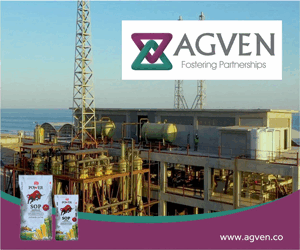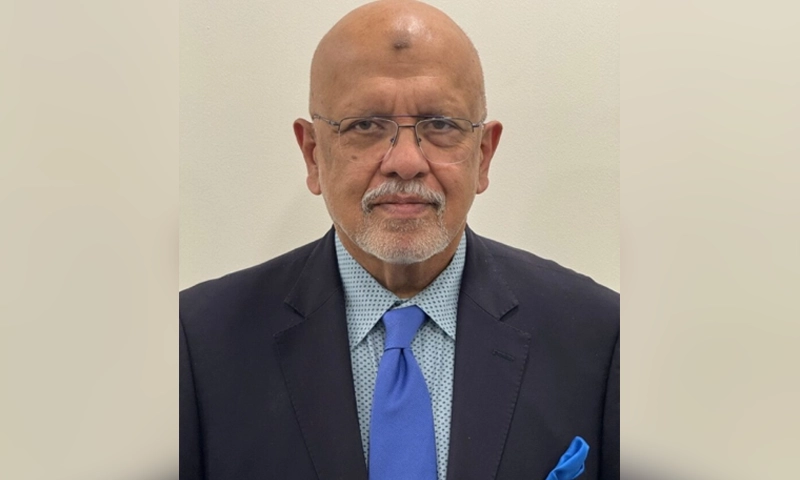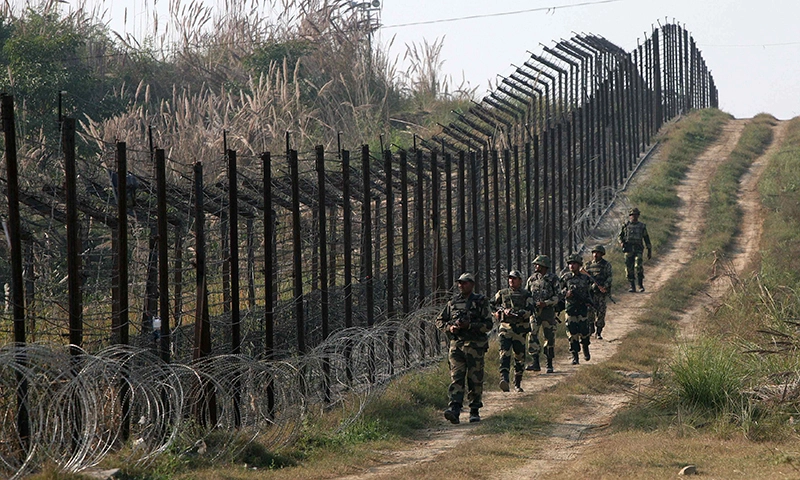- Web Desk
- Yesterday

A Wake-up call for Pakistan!
The violent clashes that erupted between the police and the Joint Action Committee (JAC) on May 10-11 in Azad Jammu and Kashmir (AJK) serve as a stark reminder of the administrative failures plaguing the region. This turmoil highlights the deep-seated economic grievances and the lack of a timely and adequate response from the federal government. If the authorities had provided a comprehensive financial package to address these issues, the escalation of violence during the AJK protests might have been averted.
According to various Pakistani news outlets, a senior police officer, known as an SHO, lost his life during the chaos, while Indian sources assert that at least two protesters were killed. The violent protests also resulted in the setting ablaze of the Assistant Commissioner’s vehicle, a dramatic act that underscores the protesters’ frustration. Reports indicate that 50-60 police personnel were injured in each district where the protests occurred, suggesting a similar number of protesters were likely injured but avoided seeking medical care to evade arrest.
The unrest was most intense in the outskirts of Muzaffarabad, Kotli, Dadiyal, and Sehnsa. The violence was triggered by police raids and arrests on the night of May 8-9. These midnight raids led the JAC to call for a ‘Walk to Muzaffarabad’ (Chalo Chalo Muzaffarabad), prompting people from all over Azad Kashmir to converge on the capital. This movement included individuals from the Mirpur side attempting to join the protest via Rawala Kot, with tensions reaching their peak on May 11, resulting in widespread violence.
The roots of this conflict are firmly planted in economic grievances rather than political motivations. In the second quarter of 2023, a traders’ committee vocally protested against the steep increase in electricity tariffs, organizing demonstrations and processions throughout August. After months of intense negotiations between the AJK government and traders, the Finance Minister finally agreed to their demands in writing on February 4, 2024. However, by April, the traders claimed the government had not fulfilled its promises, issuing an ultimatum for action within a month and threatening a long march in Muzaffarabad on May 11 if their demands were not met.
The traders’ requests were clear-cut: they advocated for electricity to be supplied at the Mangla Dam’s production cost, subsidized rates for wheat and flour akin to those in Gilgit-Baltistan, and the cessation of privileges enjoyed by the elite class. Corruption within the bureaucratic and ministerial ranks in AJK is widely acknowledged, surpassing levels observed in other regions of Pakistan. Moeed Pirzada notes that while bureaucrats in Punjab and Sindh may accept kickbacks ranging from 30-60% on contracts, those in AJK reportedly demand an exorbitant 75% cut. This rampant corruption has reached unprecedented heights in AJK, inciting public resentment and dissatisfaction.
Despite the government announcing an $83 million subsidy to tackle these problems, public dissatisfaction remains significant. This indicates that the measures are perceived as inadequate to address the people’s needs. For over seventy years, Pakistan has consistently failed to deliver basic amenities to the residents of AJK, treating them mainly as porters, guides, and providers of shelter without fair compensation. This ongoing neglect has resulted in a security-focused approach to AJK, framing it as a disputed region and a symbol of Indian-occupied Kashmir, which has greatly hindered its economic, social, and political progress.
As a result, AJK lacks the public mobilization, road access, and economic opportunities that other regions of Pakistan enjoy. The absence of industries, businesses, and employment opportunities has significantly hindered the growth and empowerment of the local population. There is no evidence to suggest that the Indian Intelligence Agency is involved in the current turmoil in Azad Kashmir; this is purely an internal matter. However, by escalating the situation through repression of protesters, Pakistan is providing fertile ground for India to exploit.
On the day protests erupted in Azad Kashmir, Union Home Minister Amit Shah accused the Congress party of questioning the status of AJK, claiming that India owns every inch of the region and that no force could take it away. These developments may significantly challenge Pakistan’s ability to manage regional discontent and governance, with potential implications reaching beyond its borders. The persistence of tensions, despite governmental concessions, reveals a deep disconnect and possibly a legitimacy crisis for the local political system, which is seen as being too closely tied to Pakistan’s central military and political authorities.
This alignment has likely alienated the local populace, leading to the emergence of separatist pro-freedom parties. The notable silence of prominent local political leaders on these critical issues has triggered significant public backlash. A particularly troubling aspect is the exploitation of the situation by Indian media, which has used the turmoil to bolster fifth-generation warfare narratives. Indian media outlets have accused Pakistan’s “independent” media of downplaying what might be the most significant story from the region in a long time. Curiously, even Western media, usually vocal against India’s constitutional changes in Jammu and Kashmir, has remained largely silent.
These baseless allegations also include claims that at a time when Balochistan is in turmoil, the Pashtun belt is facing an Islamist insurgency. The uprising in PoJK paints a picture of a country steadily losing control over its periphery and facing restiveness even in its hinterland. For many Pakistanis, the real shocker was that on the same day PoJK was erupting in flames, a peaceful and orderly election was taking place in the Union Territory (UT) of Jammu and Kashmir.
To move forward, Pakistan must reconsider its approach in AJK. A transparent, inclusive political process that respects the rights and aspirations of the local people is crucial for lasting peace and stability in the region. This involves genuinely engaging with the local populace and their elected representatives to address economic grievances and political disenfranchisement.
Moreover, Pakistan’s federal and local governments must strive for transparency and accountability, distancing themselves from the overbearing influence of the military to restore public confidence in the political process. Only by fostering a sense of genuine political inclusivity and economic fairness can Pakistan hope to stabilize AJK and secure its position in the broader regional context, protecting the rights of its citizens and enhancing its geopolitical standing.
In conclusion, the situation in AJK is a critical litmus test for Pakistan’s domestic policies and its international image. How Islamabad navigates this crisis will not only determine the future of governance in Pakistan-administered Kashmir but also shape its diplomatic engagements and strategic posture on the global stage. The need for a balanced, thoughtful approach has never been more urgent.
The stakes are high, and the world is watching, as Pakistan’s actions in the coming days and weeks will reveal whether it can rise to the challenge of addressing its internal crises and fostering a more inclusive, transparent, and equitable governance structure in Azad Jammu and Kashmir.






